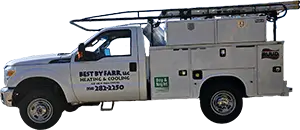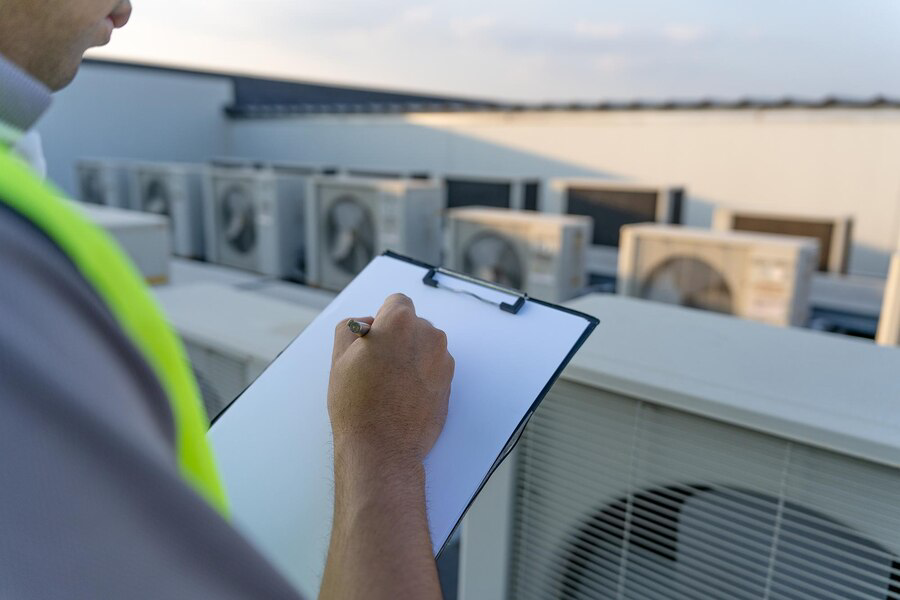Facing a malfunctioning furnace can be a daunting experience, especially during the chill of winter. As homeowners, it’s natural to feel a mix of concern and uncertainty when your primary source of heat isn’t functioning as it should. However, scheduling a furnace repair appointment doesn’t have to be a stressful ordeal. In fact, understanding what to expect during such a service call can help alleviate some of that anxiety and ensure a smoother experience overall. In this blog post, we’ll guide you through the typical process of a furnace repair appointment, from scheduling the service to the technician’s arrival and the repair itself. Whether you’re dealing with a minor issue or a more significant malfunction, having a clear understanding of what the repair process entails can empower you to make informed decisions and restore comfort to your home efficiently. Let’s dive in and demystify the furnace repair experience together.
Transparency Matters: Understanding Furnace Repair Costs
When it comes to furnace repair, transparency is key. Understanding the costs involved not only helps you budget effectively but also ensures you’re getting fair pricing for the services rendered. In this guide, we’ll delve into the various factors that influence furnace repair costs and shed light on how technicians determine pricing.

Diagnostic Fees
Furnace repair appointments typically start with a diagnostic assessment to pinpoint the source of the problem. Diagnostic fees cover the technician’s time and expertise in identifying issues with your heating system. While these fees can vary depending on the complexity of the problem and the provider, they are crucial for accurately diagnosing and addressing issues.
Labor Costs
Once the problem is identified, labor costs come into play. This includes the time and effort spent by the technician to repair your furnace. Labor costs can vary based on factors such as the extent of the repair needed and the skill level required to complete the job. A transparent breakdown of labor costs ensures you understand what you’re paying for and why.
Parts and Materials
If replacement parts or materials are necessary to fix your furnace, these will contribute to the overall repair costs. Technicians may need to source specific components to ensure the proper functioning of your heating system. Transparency regarding the cost of parts helps you assess the value of the repair and make informed decisions about replacements versus repairs.
Emergency Service Fees
In some cases, furnace repairs may be needed outside of regular business hours or during weekends or holidays. Emergency service fees may apply in such situations to compensate for the additional inconvenience and urgency. Understanding these fees upfront allows you to weigh the urgency of the repair against the associated costs.
Complexity of the Repair
The complexity of the repair required can significantly impact costs. Simple fixes, such as replacing a worn-out part, may be relatively inexpensive, while more complex issues, such as extensive system malfunctions or structural damage, can incur higher costs. Clear communication from your technician about the nature of the repair and its complexity ensures you’re prepared for any associated expenses.
Your Role in Furnace Maintenance: Tips for Proactive Care
Taking an active role in furnace maintenance is essential for ensuring your heating system operates efficiently and reliably. By following these tips for proactive care, you can extend the lifespan of your furnace and minimize the risk of costly repairs.
- Regular Filter Changes: One of the simplest yet most effective ways to maintain your furnace is by regularly changing the air filter. A clean filter ensures proper airflow and prevents dust and debris from accumulating in the system, improving efficiency and indoor air quality.
- Keep Vents Clear: Make sure all vents and registers are clear of obstructions such as furniture, rugs, or curtains. Blocked vents can restrict airflow and cause uneven heating throughout your home, putting unnecessary strain on your furnace.
- Monitor Thermostat Settings: Keep an eye on your thermostat settings and make adjustments as needed to maintain comfortable temperatures while minimizing energy consumption. Programmable thermostats allow you to create customized heating schedules to optimize energy efficiency.
- Check for Signs of Trouble: Pay attention to any unusual sounds, odors, or performance issues with your furnace. Strange noises, foul smells, or inconsistent heating can indicate underlying problems that should be addressed promptly to prevent further damage.
How Furnace Maintenance Plays a Role in Repair Prevention
Regular furnace maintenance isn’t just about keeping your heating system running smoothly—it’s also a proactive measure to prevent costly repairs down the line. In this guide, we’ll explore how prioritizing furnace maintenance can maximize efficiency, extend the lifespan of your equipment, and minimize the need for future repairs.

Optimizing Performance
Furnace maintenance involves cleaning, inspecting, and tuning up various components to ensure optimal performance. By addressing minor issues before they escalate, regular maintenance keeps your furnace running efficiently, reducing strain on the system and minimizing the risk of major breakdowns.
Identifying Potential Problems Early
During a maintenance visit, HVAC technicians conduct thorough inspections to identify any signs of wear, damage, or impending malfunctions. Catching these issues early allows for timely repairs or adjustments, preventing small problems from snowballing into larger, more expensive repairs down the road.
Replacing Worn-Out Parts
Over time, certain components of your furnace may experience wear and tear. During maintenance visits, technicians can identify worn-out parts and recommend replacements before they fail completely. This proactive approach helps prevent unexpected breakdowns and prolongs the lifespan of your furnace.
Ensuring Safety
Regular furnace maintenance isn’t just about efficiency—it’s also about safety. Malfunctioning furnaces can pose serious safety risks, including carbon monoxide leaks and fire hazards. By addressing potential safety concerns during maintenance appointments, you can rest assured that your heating system is operating safely and reliably.
Maximizing Energy Efficiency
A well-maintained furnace operates more efficiently, consuming less energy to heat your home. By cleaning and tuning up your furnace regularly, you can minimize energy waste and reduce your heating bills. Investing in maintenance now can lead to significant savings on your energy costs over time.
Conclusion
Understanding what to expect during a furnace repair appointment can alleviate much of the stress associated with the process. From the initial assessment to the completion of repairs, knowing the steps involved can help you feel more prepared and confident in the service you’re receiving. Remember to communicate openly with your technician, ask questions, and seek clarification if needed. By staying informed, you can ensure a smoother experience and ultimately, a properly functioning furnace to keep your home warm and comfortable.
For more information on furnace repair services or to schedule an appointment, contact Best By Farr LLC located in Cottonwood, Arizona at (928) 282-2250. Our team of experienced professionals is dedicated to providing reliable and efficient heating solutions tailored to your needs.


